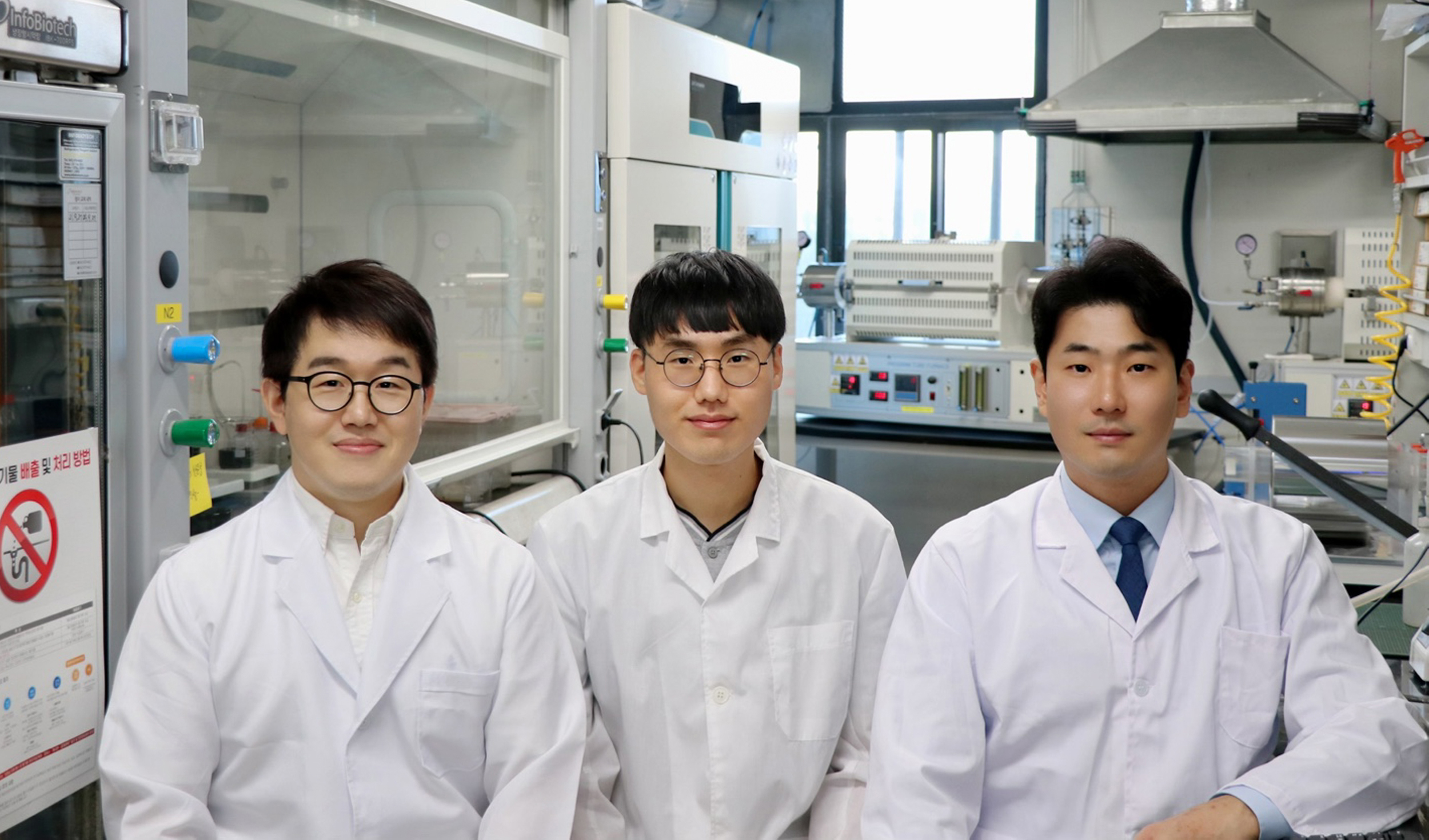연구/산학
PKNU Research 1000
| Ko Min-Seong| New approaches to improve the performance of next-generation secondary batteries | |||
| 작성자 | 대외협력과 | 작성일 | 2022-12-02 |
| 조회수 | 974 | ||
| Ko Min-Seong| New approaches to improve the performance of next-generation secondary batteries | |||||
 |
대외협력과 |  |
2022-12-02 |  |
974 |
Replacing the cathode of waste batteries as a catalyst to improve the performance of next-generation secondary batteries
Professor Ko Min-Seong

As interest in the use of waste batteries is growing, interesting research results have been presented that the cathode materials of waste batteries can be recycled as catalysts for next-generation secondary batteries.
A research team led by professor Ko Min-Seong from Pukyong National University (metallurgical engineering) announced that they have succeeded in improving the high-speed charging and discharging characteristics of vanadium redox-flow batteries, which are attracting attention as a next-generation large-capacity energy storage device because there is no fire risk, by using the cathode material of the waste lithium-ion battery.
The electrode of a vanadium redox flow battery is where the reaction takes place and plays an important role in battery performance. Carbon material is mainly used for the electrode, but there is a problem in that the performance of the battery during charging and discharging is deteriorated due to the low reversibility (the property of changing to a certain state and returning to the original state).
To solve this problem and improve the battery performance, a catalyst that usually increases the electrode reaction rate has to be applied, professor Ko Min-Seong's team used the cathode material of a spent lithium-ion battery as the catalyst.
The research team paid attention to the fact that the electron structure of the cathode material of the waste lithium-ion battery was changed by repeated charging and discharging, and the number of oxygen vacancies increased.
In the case of the electrode to which the catalyst was not applied in the evaluation of the full cell, the capacity decreased rapidly after 281 high-speed charging and discharging due to high resistance. On the other hand, in the case of a catalyst applied electrode, the characteristics of the cathode material of the spent lithium-ion battery greatly reduce the resistance when the redox reaction of the reactants occurs, enabling high-speed charging and discharging more than 1,000 times.
Professor Ko Min-Seong's research team conducted joint research with Dr. Jang Hae-Seong from Lawrence Berkeley National Laboratory (LBNL) in the US, and reported to academia on a vanadium redox-flow battery with high reversibility and improved fast charging and discharging characteristics by applying the cathode material of a waste lithium-ion battery as a catalyst for a carbon electrode.
He said, “This research is expected to contribute to the development of a vanadium redox-flow battery capable of high-speed charging and discharging, as well as a catalyst design using the cathode material of a waste lithium-ion battery. In the current situation where the amount of waste lithium-ion battery generation is expected to increase rapidly, recycling as a catalyst has been suggested as a novel alternative, so we can expect the effect of resource circulation.”
His research was supported by the National research foundation of Korea, and was selected as a ‘hot paper' in 2022 in recognition of its excellence in research in <Journal of materials chemistry A> (IF=12.732), an international academic journal in the field of materials and energy, and was also selected as the cover paper of the 36th issue published on September 28th.